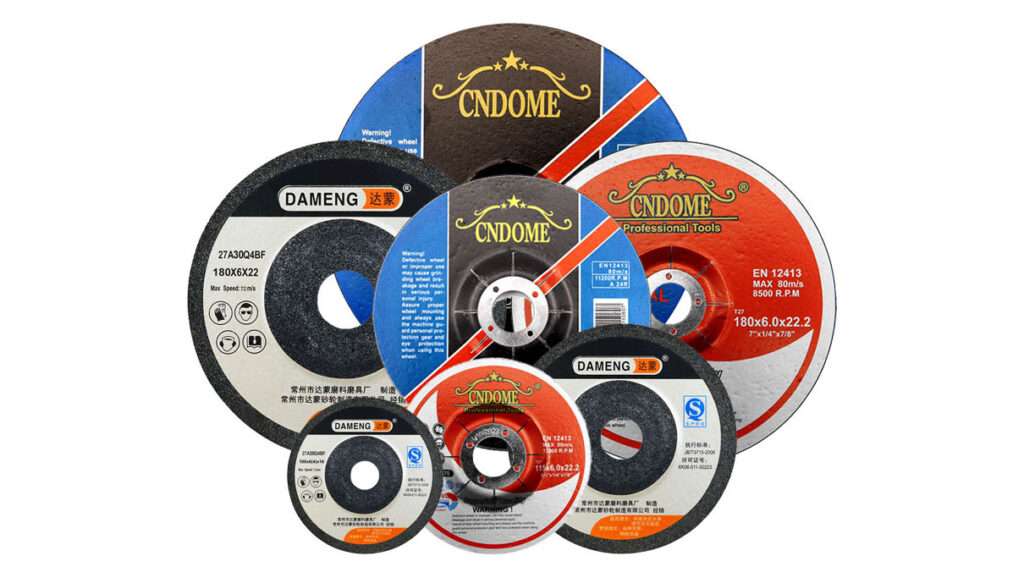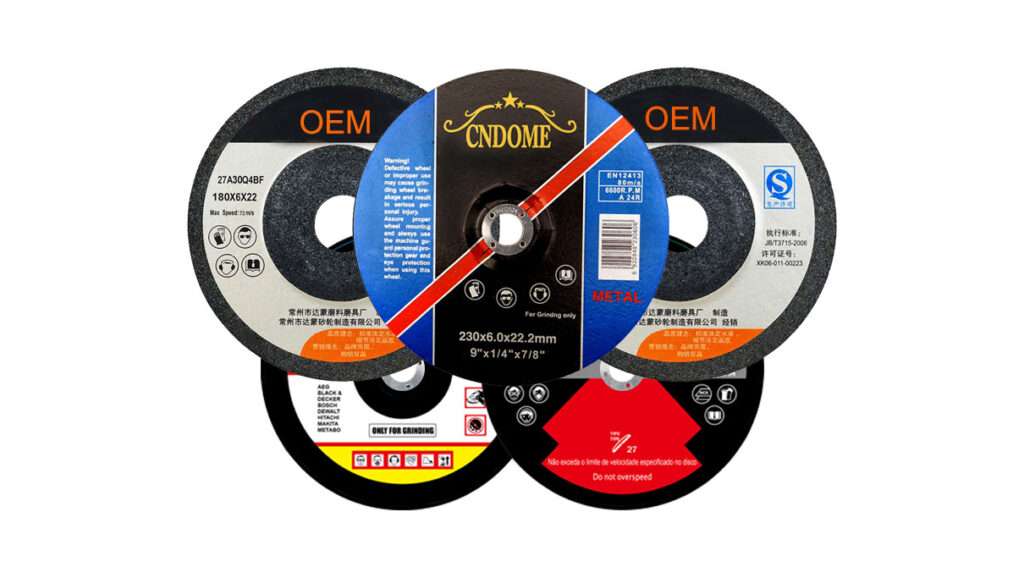Grinding wheels are essential in various industries, from metalworking to woodworking, due to their efficiency in material removal and precision. However, to maintain their performance, grinding wheels require regular maintenance, specifically dressing. This is where grinding wheel dressing tools come into play. Let’s dive into what they are, why they are important, and the different types available.
What is Grinding Wheel Dressing?
Dressing is the process of conditioning the grinding wheel’s surface to restore its cutting ability and correct any issues with its shape. Over time, grinding wheels can become clogged with material (known as loading), develop a glazed surface, or lose their sharpness. Dressing helps to:
- Remove Clogged Material: Clears away any embedded debris.
- Restore Sharpness: Exposes fresh abrasive grains for improved cutting action.
- Correct Wheel Shape: Ensures the wheel maintains its intended profile and dimensions.
Types of Grinding Wheel Dressing Tools
1. Diamond Dressers
- Single-Point Diamond Dressers: These use a single diamond point to dress the grinding wheel. They are ideal for precision dressing tasks.
- Multi-Point Diamond Dressers: These have multiple diamond points and are more durable, making them suitable for heavier dressing tasks.
2. Rotary Dressers
- Diamond Roll Dressers: Use a diamond-coated roll to dress the grinding wheel. They are perfect for high-volume production environments.
- Electroplated Dressers: Have an electroplated diamond surface, offering precise and effective dressing.
3. Stationary Dressers
- Blade Type: Utilize a stationary blade with embedded diamonds to dress the wheel.
- Impregnated Dressers: These have a surface impregnated with diamond particles, providing a longer service life.
Choosing the Right Dressing Tool
Selecting the appropriate dressing tool depends on several factors:
- Type of Grinding Wheel: Different wheels (e.g., aluminum oxide, silicon carbide, CBN, or diamond wheels) require different dressing tools.
- Grinding Operation: The nature of the grinding operation (e.g., rough grinding, precision grinding) influences the choice of dressing tool.
- Wheel Size and Speed: Larger wheels or high-speed operations might need more robust dressing tools.
Best Practices for Grinding Wheel Dressing
1.Regular Maintenance: Establish a routine dressing schedule to ensure consistent performance.
2.Proper Technique: Use the correct dressing angle and pressure to avoid damaging the wheel.
3.Inspection: Regularly inspect both the grinding wheel and the dressing tool for wear and tear.
4.Safety: Always follow safety protocols, including wearing appropriate PPE and ensuring the dressing tool is securely mounted.
Conclusion
Grinding wheel dressing tools are crucial for maintaining the efficiency and precision of grinding operations. By understanding the different types of dressers and following best practices, you can ensure your grinding wheels perform optimally, extending their life and improving the quality of your work.
Whether you’re in a high-volume industrial setting or a small workshop, investing in the right dressing tools and maintaining a regular dressing schedule can make a significant difference in your grinding processes.



